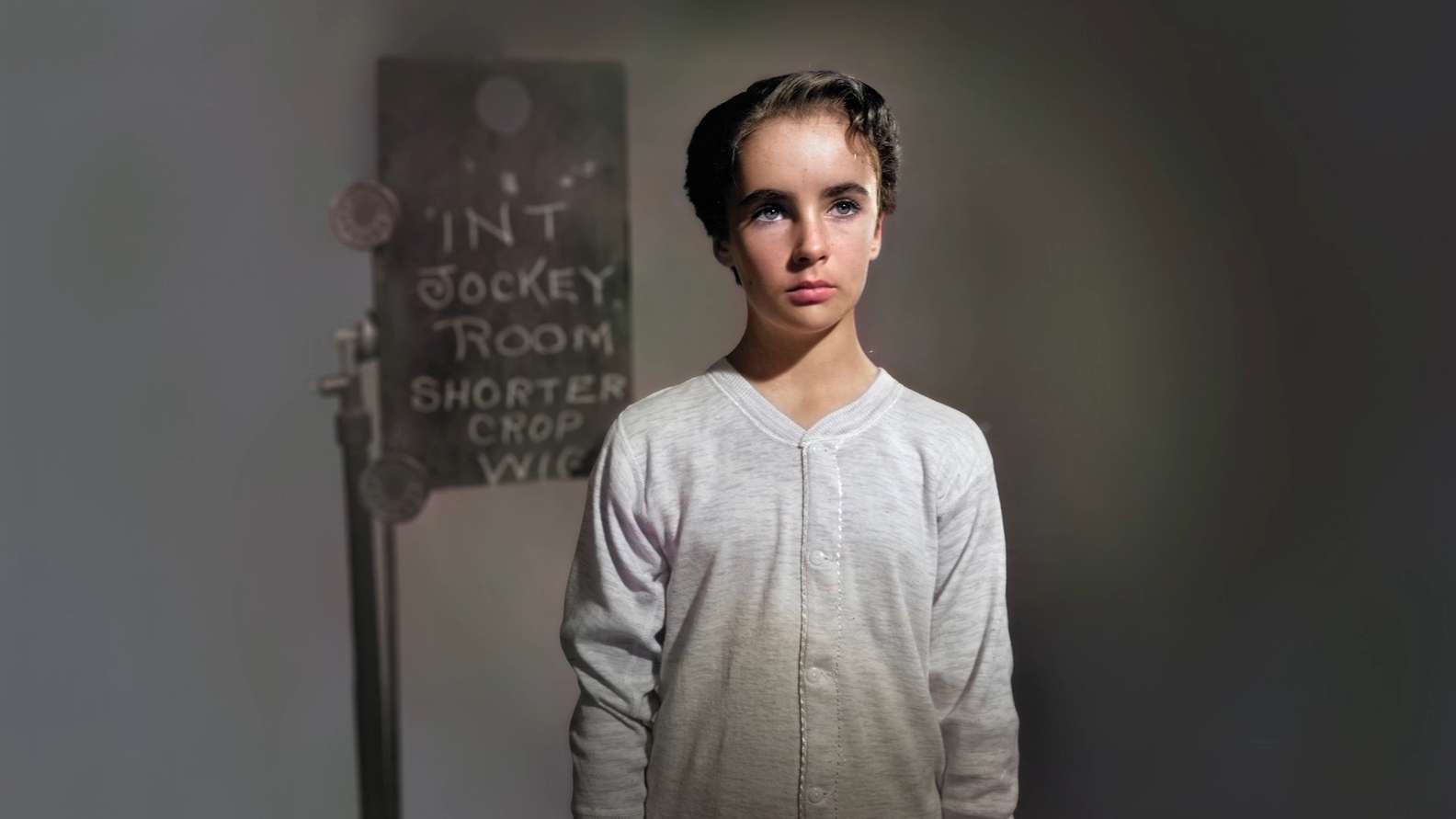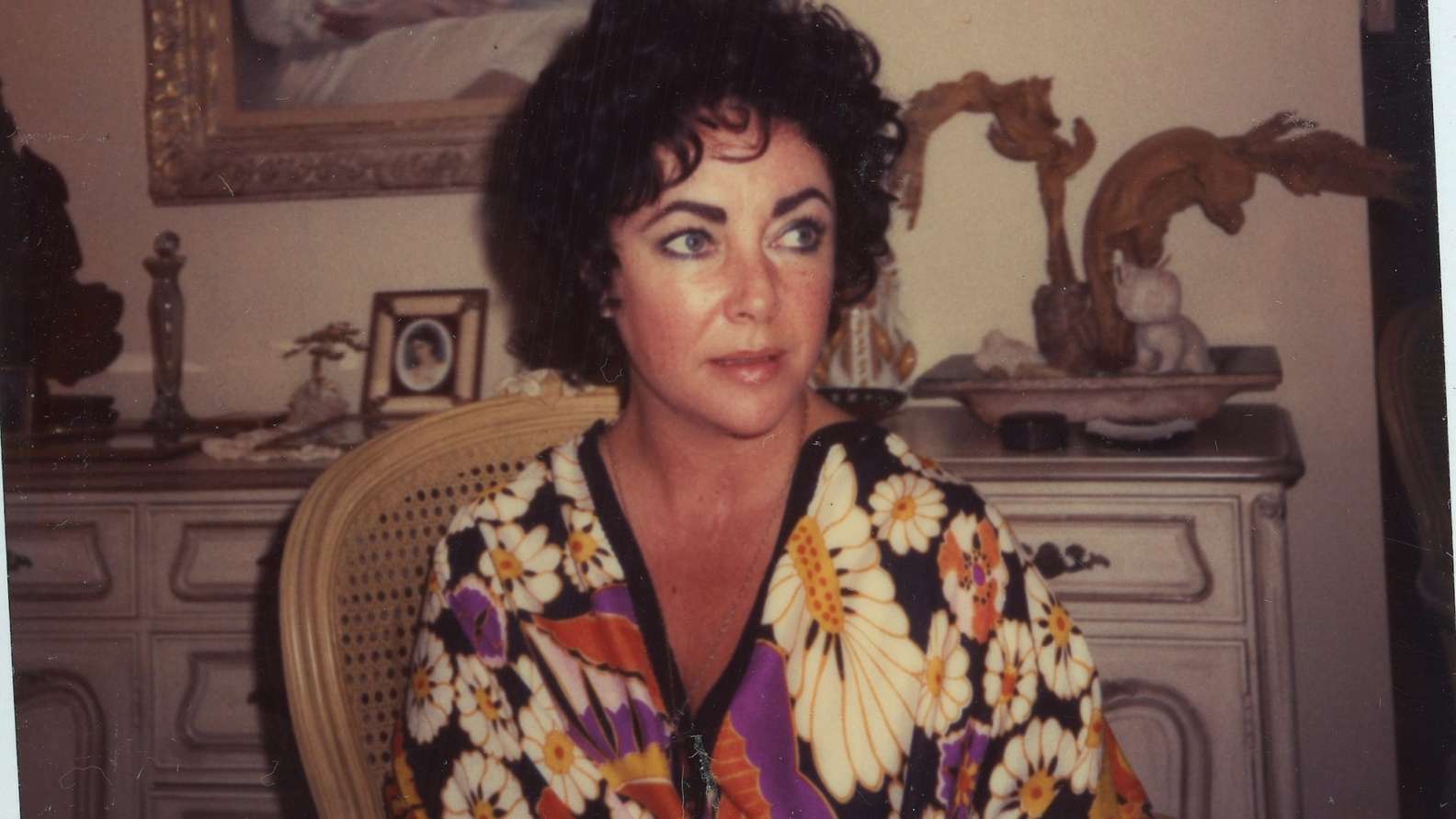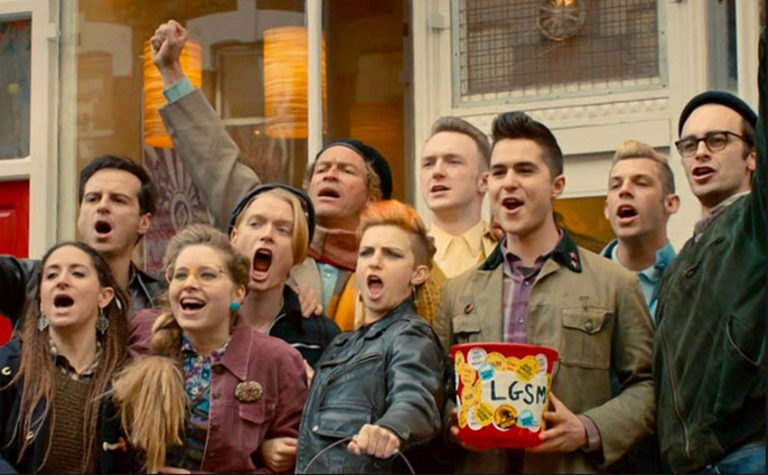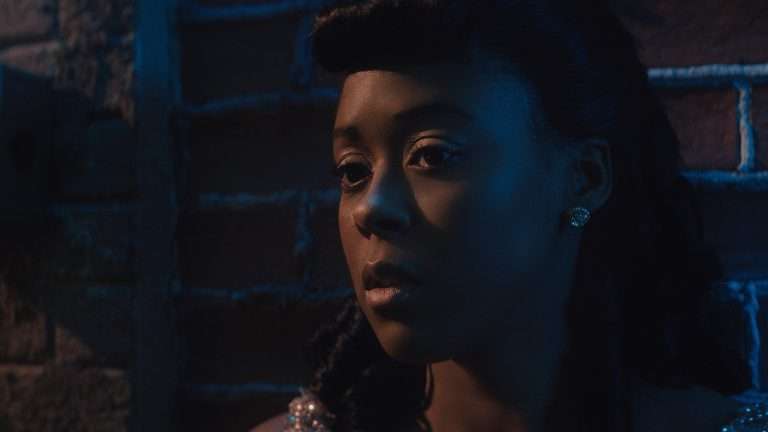The public lives of stars endlessly pervade cultural imagination. It is inextricable from gossip fodder, capable of feeding audience appetites forever. This bait is a never-ending cycle. It snuffs out the life and energy of stars as it deflects them to have the industry retain its undeniable allure. It is the nature of showbiz to blur the lines between public and private. The star’s equation with her audience is frenzied with love and hate, a see-saw between affection and punishment.
This ceaseless push-pull between lavish adoration and admonishment animates the public discourse of stars. They chafe at the grotesque excesses of attention, but they are aware that the demand for a private inner life is a pipe dream. It’s part of the deal. Nanette Burstein’s documentary “Elizabeth Taylor: The Lost Tapes” tries to pull aside the curtains on the star who ruled the screen in the 1960s.
Taylor was the first star to be paid a million dollars for a role. She surpassed the men in the field to clinch the record. What constituted her added saleability that gave her the extra edge over her peers, male and female? Why was her public image shrouded in an aura of illicit impulses, an “untrustworthiness,” as she herself quips? Taylor was renowned as a potent sex symbol. This is what the documentary keeps returning to and reiterating. The film derives from hours and hours of a discovered interview recorded by Richard Meryman in 1964 when she was at the very apex of her formidable stardom.

Meryman was ghost-writing a Taylor biography. The tapes were never meant to be found. These ‘lost’ tapes were unearthed after Meryman’s death by his widow and affected its emergence into the public domain. The documentary essentially intersperses the audio interviews held in the mornings and late hours of the night, often with a drink or two. There might have been an air of relative ease, yet Taylor’s control and authority is unmistakable.
The film sticks to a linear fashion in detailing events in the actress’ life. Taylor was a child artiste who grew up in and around Beverly Hills. Massive sets immediately enticed her. She insists it was she who gravitated to the movies on her own accord, compelling her parents to take her wish seriously instead of being foisted into it by them. The flash of her beauty, right from her childhood, was so overpoweringly present she immediately landed a string of roles. But the ingenue tag stuck to her like a sore end. Taylor fought it with all her might.
Within the MGM folds, there was little room for her to do things she really felt drawn to. She sought out men who could dominate her, finding this a form of challenge. Drawing from a wealth of archives, the film chiefly traverses the slew of marriages Taylor had, most of which broke up and had heady, tumultuous, brief stints. The one thing Taylor refuses to entertain in the interviews is the question of her children. Therefore, her presence as a mother is entirely elided in the film.

The happiest she was, she maintains, was with the much older Michael Todd, who passed in a plane crash. Taylor ruffled the codes of morality, a ripe object for a salacious public ever-eager for a transgressive star who seemingly gave nary a damn about anyone’s opinion. She was a frequent homewrecker. It’s not that she got away scot-free with pursuing the wild romances that she did. Even married men, who had fleeting flings before meeting her, were so enamored by her they just couldn’t leave her in a jiffy. For Taylor, everyone she knew advised her against constantly marrying the minute she fell for someone. But she pleads that she always wants to be a bride.
Taylor’s candor in talking about the ‘horrendous errors’ she has made is startling with regard to her buzzing love life. The interest in her peaked in the 1960s, triggering the bandwagon of paparazzi culture that seems determined to ‘destroy her glamour.’ The ruthlessness of the invasion into every inch of her life is harrowing to watch in close quarters, even if this is familiar material. However, the documentary suffers on account of its gaze, which growingly and glaringly reveals itself as too limited in bending itself only toward the romantic chaos of her life.
Since the interviews are bookended by the mid-1960s, it’s largely till then that the film circles her life. Of course, it is not a mandate that the documentary alludes to every aspect of her life, but the final few minutes, nodding to her AIDs philanthropy investment, border on eye-catching hastiness. There is also overstuffing in its concluding bits, the changing image of a female star with the passage of years and the weight of age. That’d make for an entire series in its own right.




![Eyes Without A Face [1960] Review: A Masterwork of Surgical Filmmaking](https://79468c92.delivery.rocketcdn.me/wp-content/uploads/2018/09/eyes-without-a-face-screenshot-3-768x432.jpg)


![The Blackout [1997]: The cost of fantasy revealed in this ‘90s masterpiece](https://79468c92.delivery.rocketcdn.me/wp-content/uploads/2016/08/the-blackout-4-768x433.jpg)
